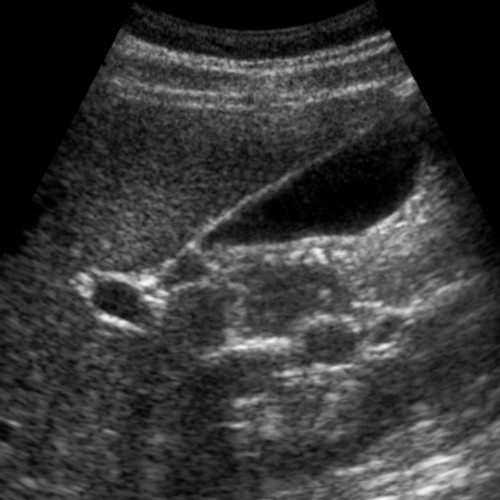The role of ultrasound in imaging the gastrointestinal (GI) system continues to evolve. While computed tomography (CT) remains the primary method for imaging the abdominal cavity, cost considerations, radiation risks associated with CT, and improved ultrasound image quality continue to fuel the emergence of well-defined gastrointestinal tract ultrasound applications. The GI Tract: Anatomy & Physiology Module begins with a review of GI tract anatomy and physiology. The sonographic anatomy and characteristics of the GI tract, from the esophagus to the rectum, are described in detail. Optimal transducer selection, patient positioning, and techniques for sonographically evaluating the GI tract are discussed. The course concludes with imaging tips and pitfalls and a summary of salient teaching points.
This activity has been planned and implemented in accordance with the accreditation requirements and policies of the Accreditation Council for Continuing Medical Education (ACCME) through the joint providership of the American College of Emergency Physicians, the Illinois College of Emergency Physicians, and SonoSim, Inc. The American College of Emergency Physicians is accredited by the ACCME to provide continuing medical education for physicians.
The American College of Emergency Physicians designates this enduring material for a maximum of 3.25 AMA PRA Category 1 Credits™. Physicians should claim only the credit commensurate with the extent of their participation in the activity.
Approved by the American College of Emergency Physicians for a maximum of 3.25 hours of ACEP Category I credit.












